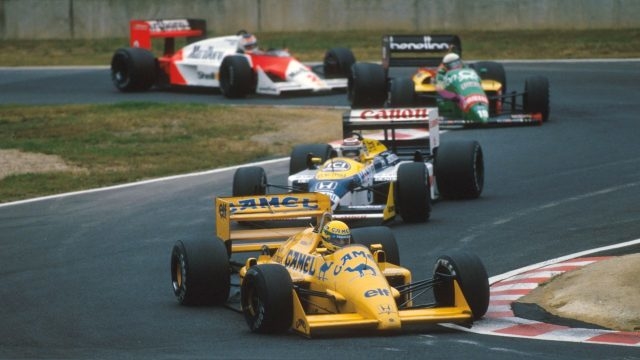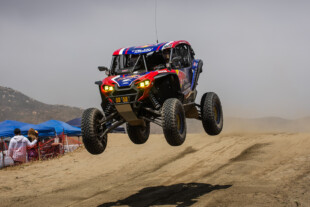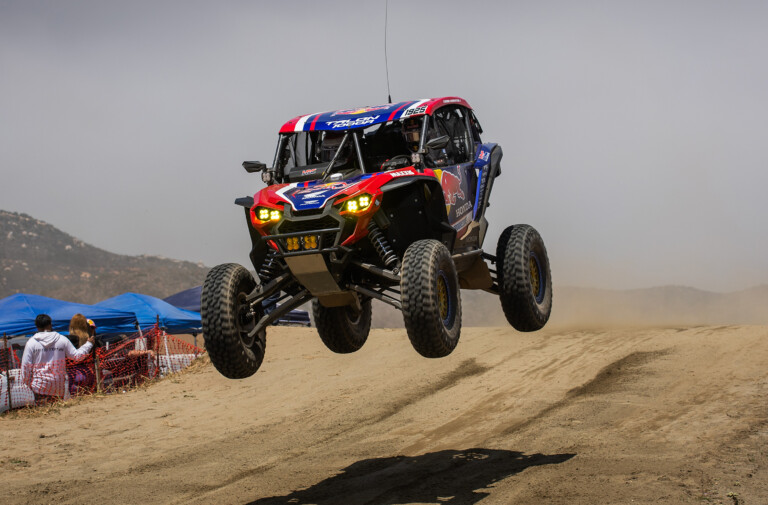In 1987, the variety of cars, the exorbitant prices of the machinery and the breadth of talent across the field made Formula 1 a very exciting sport. With heralded names like Alain Prost, Nelson Piquet, Ayrton Senna and Gerhard Berger giving one another a run for their money, and the cars boasting less aerodynamic grip than today, the competition was always close, and rarely processional. At the Spanish Grand Prix, Senna put on an amazing show by holding off the attacks of Piquet and Prost, despite running on worn tires.
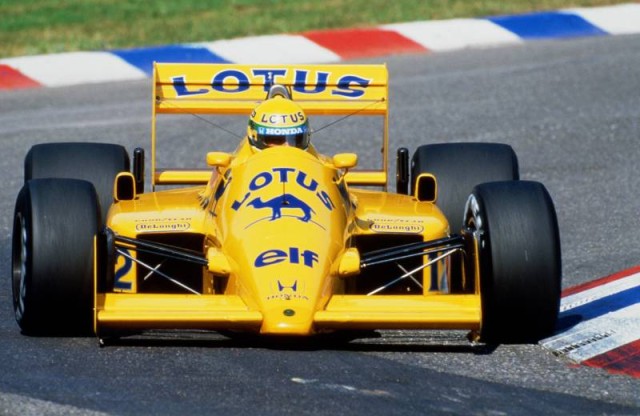
Senna’s Lotus 99T had plenty of power from its Honda engine, but was not the best car, aerodynamically speaking.
Senna, driving the bright yellow Lotus Honda, leads away with the advantage of an incredibly powerful engine. Senna went for a low-downforce configuration, which allowed him to streak ahead on the long straights at Jerez. Though this compromised his cornering speed somewhat, the dirt and debris on the windblown, Spanish circuit made it very difficult for his competitors to pass through the twistier sections.
Pursuing him is the wily Prost, whose McLaren-Porsche may lack some of the sheer grunt Senna’s Honda engine provides, but makes up for it with an economical package which wears tires and uses fuel very well. Complimenting that setup is Prost’s unmatched ability to make his equipment last the entirety of the race.
The dark horse in this group is Piquet, who, driving the dominant Williams Honda, had straight-line speed and fantastic handling on his side. Piquet spends several laps hunting down Senna and Prost, both of whom were running at a feverish pace. Prost, understanding the accelerative advantage that Senna possesses, bides his time carefully; staying on-line and merely waiting for the Brazilian to make a mistake. Senna counters Prost’s relentless pursuit with a blistering pace and some aggressive chops.
Prost, outgunned by the Honda engined-cars which lead and chase him, has to keep a cool head to withstand the pressure. If Prost was known for anything, it was for his level-headed, cerebral approach to racing. Unflappable, Prost races cleanly and quickly, all the while defending his line and attacks from the hard-charging Piquet who throws a few passing attempts at the Frenchman.
Having a considerable power advantage, Piquet manages to squeeze by Prost along the front straight, but leaves his braking too late and goes wide onto the dirty portion of the racetrack, prompting a spin. Prost, seemingly able to sense the impending mistake, holds to his line, driving away as if on a Sunday drive.
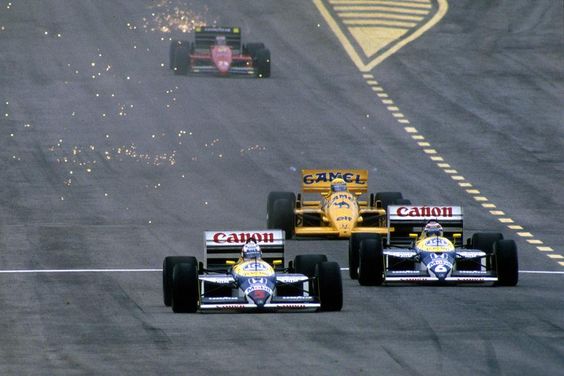
The narrow nature of the track only offered a couple passing locations, namely, the slow corner at the end of 200 mph straights.
Despite the spin, Piquet manages to claw his way back into contention, and is joined by two other talents — Boutsen and Berger. This five-car sandwich makes the racing incredibly tense for Prost, who has to find a way around Senna while defending his rear from the attacks of the others.
In the end, the razor-sharp Prost preserved his tires well enough while driving an incredibly quick race to pass Senna, whose efforts had totally destroyed the rubber which supported his Lotus Honda. Prost, once again showed how he was the master of pacing, whereas Senna and Piquet’s incredible charges reminded the viewer of how exciting Formula 1 can be with loose rules and a reduction of downforce.



